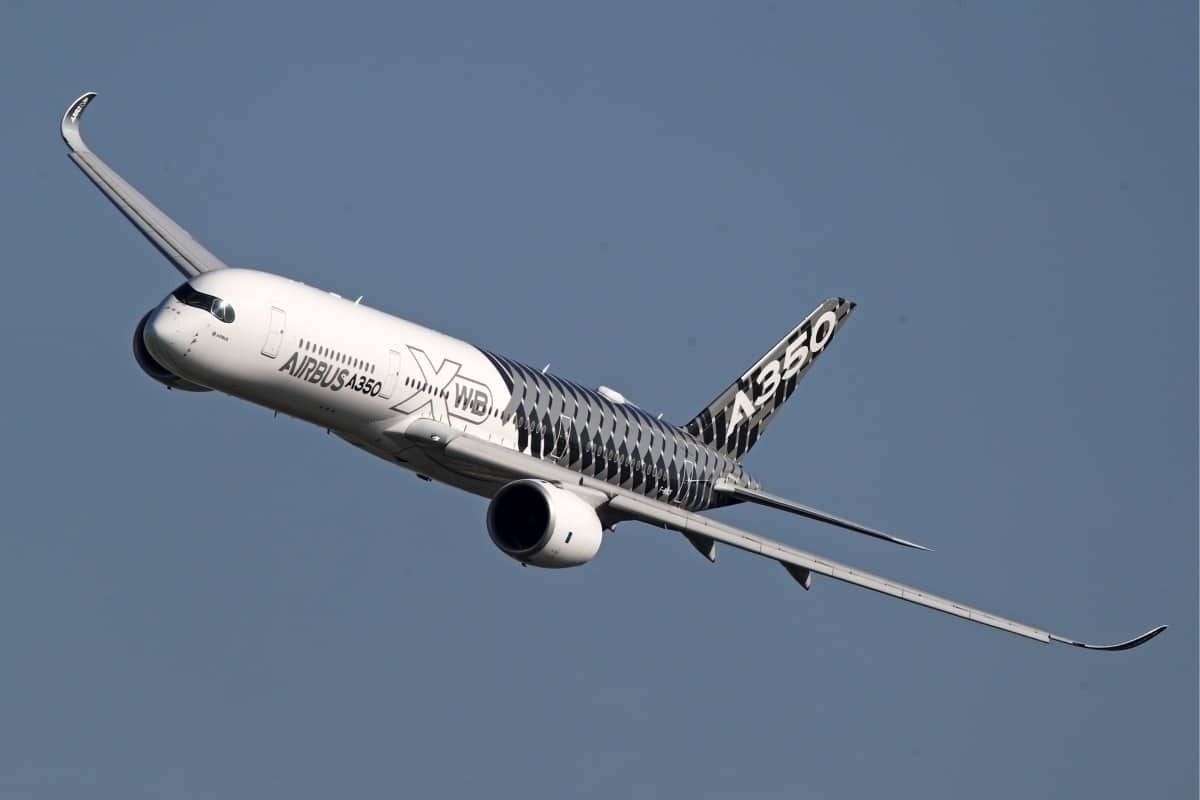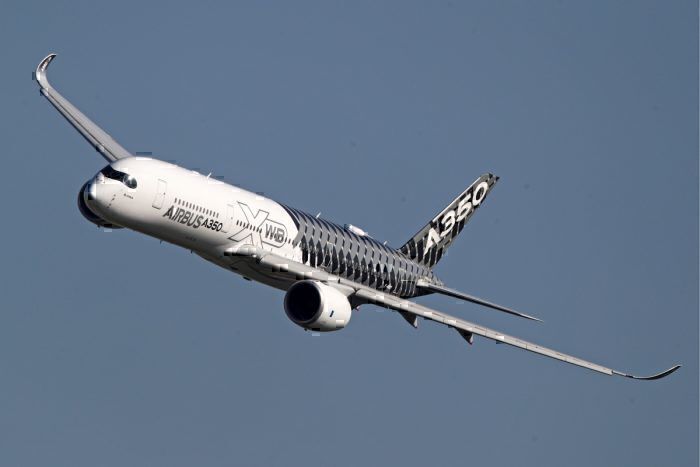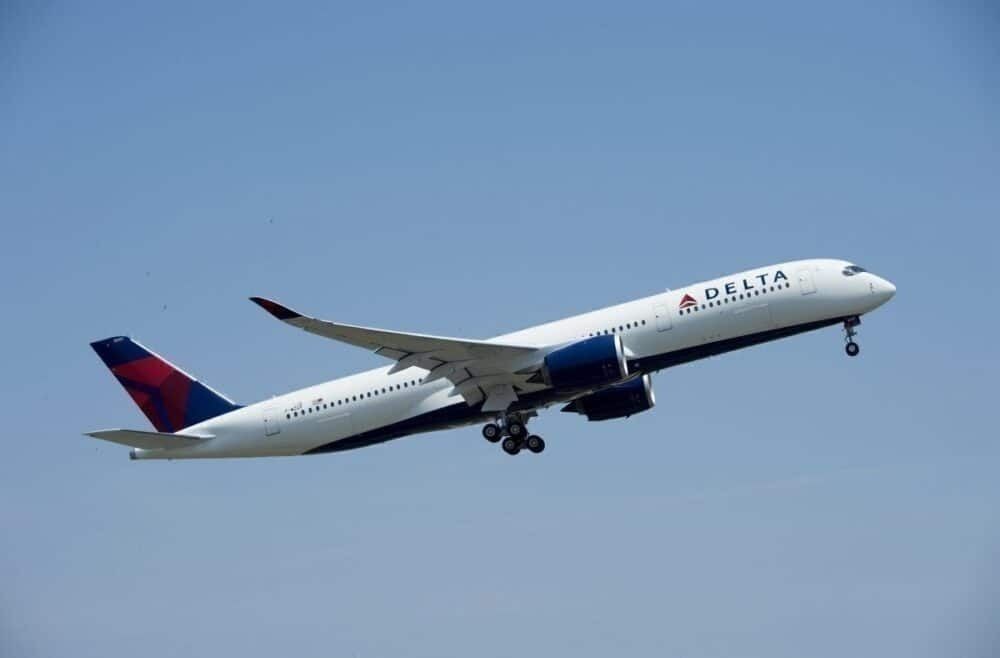Airbus has developed a cover for key controls in the A350 cockpit, to protect them from liquid spillage. This important update comes after two incidents of engine shutdown in the past year, and EASA has instructed all A350 operators to install the new covers within 28 days.
Covering the controls
There have been two incidents of engine shutdown on A350 aircraft in 2019 and early 2020. Both of these have been attributed to liquid spills around the controls on the center pedestal of the cockpit. Airbus has been working to address this and has now released a cover to protect these controls from such spillages.
According to reporting by FlightGlobal, the removable covers are designed to fit over the master levels, thumbwheels, and rotary knobs. The covers should be left fitted during the cruise, but removed for take-off and landing.
The European Union Aviation Safety Agency (EASA) has directed all operators of the A350 to fit these covers within 28 days (in a directive issued to airlines and reported by FlightGlobal).
What happened with previous spillages?
The incidents that led to this involved a Delta Air Lines flight from Detroit to Seoul on 21 January 2020, and an Asiana flight from Seoul to Singapore on 9 November 2019 (the airline, in this case, is not confirmed but likely to be Asiana, as Simple Flying previously reported).
On both flights, a drink was spilled by the crew in the area of the central controls. In both cases the result was an engine shutdown, and diversion following failed attempts to restart the failed engine. The diversions came quickly - just 15 minutes after the spillage for Delta and within one hour for Asiana.
The engine shutdowns occurred, according to EASA, due to abnormal operation of the components in the area of the spill. The electronic engine control ordered the high-pressure shut-off valve to close after inconsistent data was received.
Improving regulations, but may change again
The requirement to install covers is an update to the measures already put in place following these two incidents. On 4 February 2020, Airbus published an update to the A350 flight manual, defining a 'liquid-free zone' in the cockpit. It also specified procedures to be followed in the event of a spill. EASA instructed all operators to comply with this.
At the time, this was noted that this was a temporary revision and that further instruction could follow. With these new instructions, airlines will need to get used to the new way of operating. And EASA notes again this time that further regulations may follow.
Of course, whenever there are liquids and electronic components close together, there is going to be a risk (as any laptop owner knows). To be completely safe, liquids would need to be banned from the cockpit. This is not a very practical solution, and aircrew will be pleased Airbus is promptly coming up with workable alternatives.
What do you think of this solution? Let us know in the comments!
Simple Flying contacted Airbus for further comment on the requirements for these covers, but had not heard back at the time of publishing.




